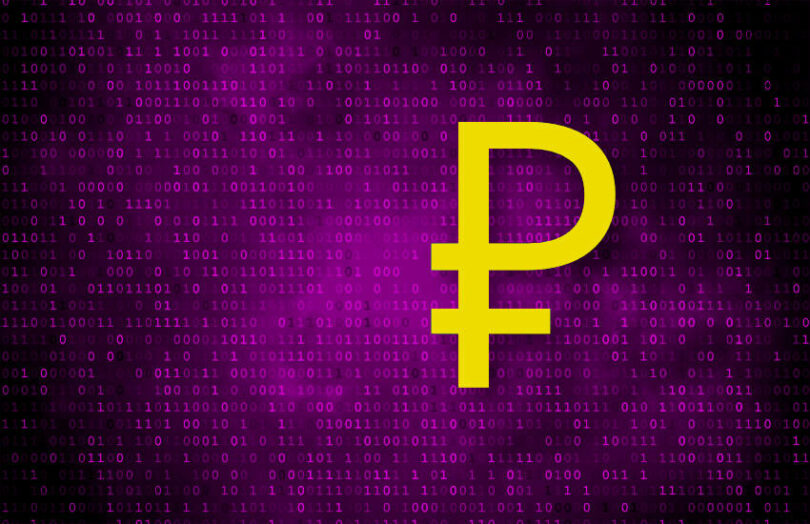Elvira Nabiullina, the Governor of the Bank of Russia, confirmed its central bank digital currency (CBDC) is on track for a mass rollout in July 2025. However, we previously reported that a second wave of banks started to onboard to the digital ruble pilot in January 2024, but it turns out this has not yet happened. Russia’s largest bank Sber was amongst the second group, so presumably it is not yet part of the pilot.
In September the central bank relaxed some restrictions for the pilot. The participant limit has increased from 600 to 9,000 and the number of merchants from 22 to 1,200. The second wave of 20 banks are still in the process of onboarding.
Legal requirements for the digital ruble
By July 2025 the largest banks will be obligated to support the digital ruble. So, they have to open and top up digital ruble accounts, make transfers and accept digital rubles.
Other banks have to comply a year later, and nonbank credit institutions have two more years, by July 2027. The Governor acknowledged that the costs of supporting the CBDC for smaller banks are significant. It is providing code for the digital wallet that banks can incorporate in their mobile apps.
There will also be mandatory acceptance of the digital ruble by merchants. Organizations with a turnover of 30 million rubles ($320,000) or more must comply upon launch. Those with over 20 million rubles in revenues have an extra year, and other businesses have two years.
The central bank doesn’t believe it will be too challenging for merchants to adopt the CBDC, as it plans to mandate a universal QR code with a draft law in preparation. This will be based on the QR codes currently used by SBP, Russia’s faster payment system. The universal QR code has already been piloted by 22 banks.
No impact on monetary policy
Meanwhile, last week the central bank sent an update of its monetary policy proposals for 2025-2027 to the Duma.
“The digital ruble will not have a significant impact on the monetary policy transmission mechanism (MPTM). At the same time, the Bank of Russia has all the tools to compensate for the secondary effects of the introduction of the digital ruble on the MPTM, if they arise,” the central bank stated.
We understand there will be no CBDC holding limits. The potential secondary effects would include a mass shift in funds from banks to the CBDC.
However, a recent survey by alternative lending service Moneyman highlights that there’s a need to educate the public about the digital ruble. TASS reported that a third of respondents thought a digital ruble was a cryptocurrency similar to Bitcoin.
Sixty three percent of respondents either had no idea about the digital ruble (39.7%) or found it tricky to describe it (23.1%). One in five had a rough idea of what a CBDC involves, with 16.4% having a more detailed understanding.






